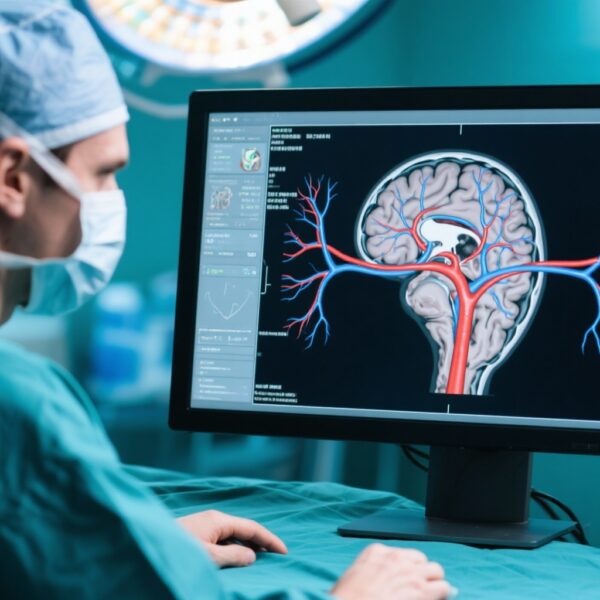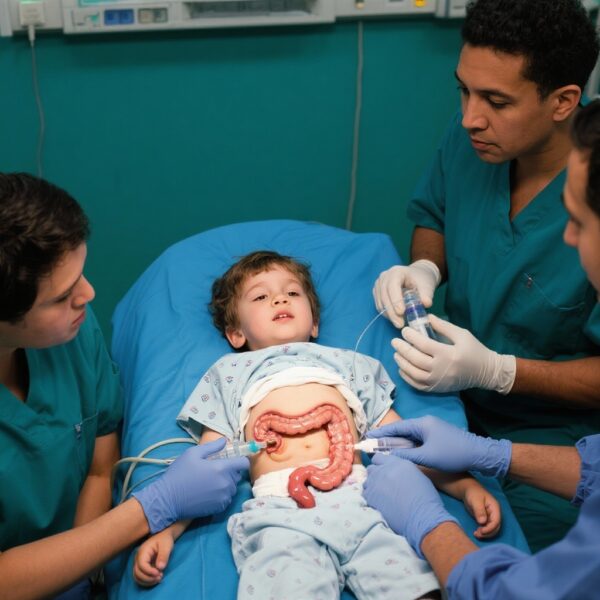Highlight
1. Among adults previously infected with SARS-CoV-2, a substantial proportion exhibit persistent olfactory dysfunction measured by formal testing, even years after infection.
2. Self-reported smell or taste loss strongly correlates with verified hyposmia, but many individuals without self-reported symptoms also demonstrate olfactory impairment.
3. Persistent olfactory dysfunction is associated with a higher prevalence of cognitive problems, emphasizing potential neurological sequelae of COVID-19.
4. Formal smell testing may be warranted to identify occult hyposmia and guide patient counseling and management in post-COVID care.
Study Background
Olfactory dysfunction emerged early in the COVID-19 pandemic as a hallmark symptom of acute SARS-CoV-2 infection, with many patients reporting anosmia (complete loss of smell) or hyposmia (reduced smell acuity). While many recover olfactory function within weeks, a sizeable subset experience persistent smell impairment lasting months or years. This sensory deficit not only affects quality of life but has been linked to cognitive decline and neurodegenerative processes in other contexts. Given the broad prevalence of SARS-CoV-2 infection globally, understanding the long-term burden and characteristics of post-infectious olfactory dysfunction is a critical unmet clinical need. Objective, validated olfactory testing is necessary to accurately detect and quantify these deficits beyond patient self-report, which may underestimate or miss subclinical dysfunction.
Study Design
The Researching COVID to Enhance Recovery (RECOVER)-Adult study is a large-scale, prospective cohort investigation conducted across 83 sites in 35 U.S. states and territories. This analysis included 3,525 adult participants: 2,956 with prior documented SARS-CoV-2 infection and 569 without infection. Participants were enrolled between October 29, 2021, and June 6, 2025. Among those previously infected, 1,393 reported a change or loss in smell or taste, and 1,563 did not report such symptoms. A random sample of participants without infection was also evaluated. Olfactory function was measured with the University of Pennsylvania Smell Identification Test (UPSIT), a 40-item, validated olfactory test that provides age- and sex-standardized percentile scores. Testing was conducted, on average, approximately 672 days after infection or index date, allowing assessment of long-term olfactory status.
Key Findings
The cohort had a mean age of 47.6 years, with 72.4% identifying as female or intersex. Among those previously infected with self-reported smell/taste changes (n=1,393), 79.8% (1,111) demonstrated hyposmia or anosmia based on UPSIT scores, including 23.0% (321) with severe impairment (severe microsmia or anosmia). Notably, even among 1,563 participants with prior infection who did not report olfactory changes, 66.0% (1,031) had some degree of hyposmia, with 8.2% (128) exhibiting severe dysfunction. Participants without prior infection generally had better olfactory function, with those without self-reported symptoms scoring at the 28th percentile on UPSIT, compared with 16th and 23rd percentiles for infected individuals with and without self-reported change, respectively.
Younger female participants tended to have lower standardized olfactory scores, suggesting demographic variation in post-infectious olfactory outcomes. Importantly, participants with abnormal UPSIT scores (confirmed olfactory dysfunction) also reported higher prevalence of cognitive complaints — two-thirds (66.8%) of those with verified hyposmia report cognitive problems versus 63.5% with normal smell function among those with self-reported smell loss.
Expert Commentary
This comprehensive, multi-site cohort study provides robust evidence that olfactory dysfunction post-COVID is common, often persistent, and not reliably identified by self-report alone. The high prevalence of hyposmia seen even in patients denying symptom awareness reveals the limitations of subjective assessment and underscores the imperative for formal testing in clinical practice. The UPSIT, as a well-validated measure, offers nuanced quantification and stratification of olfactory loss severity.
From a pathophysiological standpoint, SARS-CoV-2’s affinity for olfactory epithelium and potential neuro-invasion pathways support the biological plausibility of long-lasting smell deficits. The association between olfactory dysfunction and cognitive symptoms further signals possible shared neuroinflammatory or neurodegenerative processes induced by COVID-19 infection. Although causality cannot be definitively established in this observational design, these findings align with emerging literature linking long COVID neurological sequelae to olfactory impairment.
Limitations include varying times from infection to testing (wide SD), potential selection biases in enrollees, and reliance on a single standardized test that, while excellent, is one of several olfactory assessment tools. Whether persistent dysfunction improves with time or targeted interventions remains to be elucidated. Further research should explore mechanisms, long-term trajectories, and therapeutic strategies.
Conclusion
Persistent olfactory dysfunction is a prevalent and often underrecognized component of post-acute sequelae of SARS-CoV-2 infection. Self-reported changes in smell or taste are a strong indicator of verified hyposmia, yet many individuals remain unaware of their deficits. Given its potential implications for patient quality of life and cognitive health, formal olfactory testing—such as the UPSIT—should be integrated into post-COVID clinical evaluations. Recognizing and diagnosing occult olfactory dysfunction will enable better patient counseling and may inform monitoring for neurological sequelae, ultimately improving outcomes in this expanding patient population.
Funding and ClinicalTrials.gov
The RECOVER study is funded by the National Institutes of Health (NIH) and affiliated research organizations. ClinicalTrials.gov Identifier: NCT05451503.
References
Horwitz LI, Becker JH, Huang W, et al. Olfactory Dysfunction After SARS-CoV-2 Infection in the RECOVER Adult Cohort. JAMA Netw Open. 2025;8(9):e2533815. doi:10.1001/jamanetworkopen.2025.33815.


